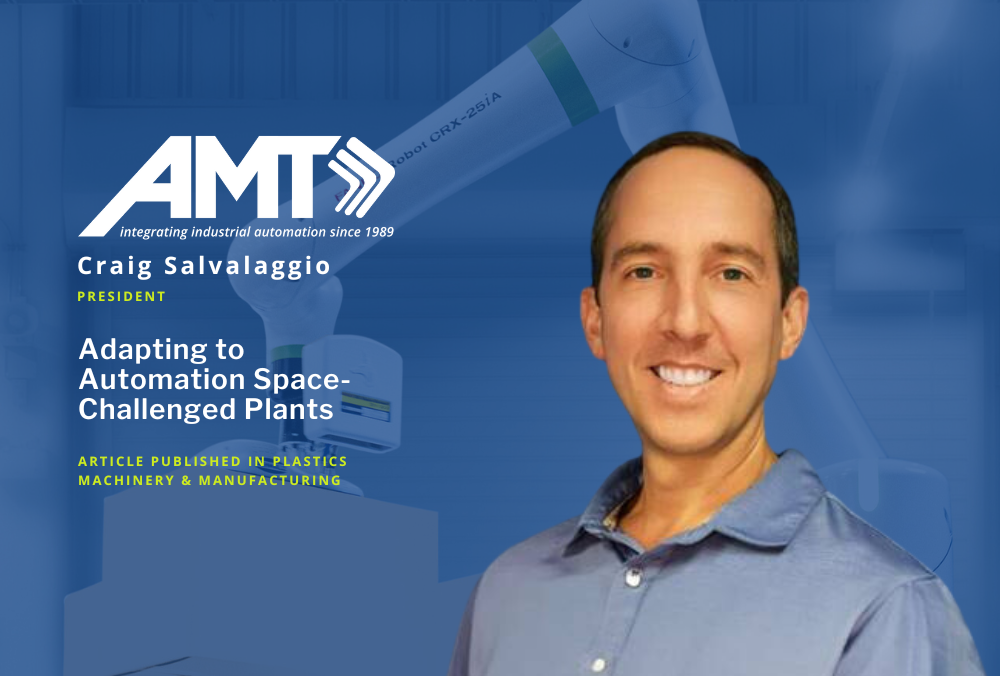Craig Salvalaggio Featured in Plastics Machinery & Manufacturing
Featured in an article by Plastics Machinery & Manufacturing entitled 'Firm adapts automation to space-challenged plants,' Craig Salvalaggio explores the challenges faced by industrial automation integrators when designing and implementing automation solutions in both greenfield and existing factory environments.
“With greenfields, you have a little bit of luxury to design your operation around the best and optimal flow. You have the luxury of looking at your plant holistically," said Salvalaggio. “If you look at it from a layout perspective, you can look at all your different processes from incoming product, raw goods and any type of process that you have — whether it is machining, painting, spraying, packaging — you can look at it from a nice material workflow.”
While greenfield projects offer the advantage of designing operations with optimal flow and holistic consideration, most projects involve working within the constraints of existing equipment, space, and workforce. “Most of our work is within existing factories where you’re limited by existing equipment, aisleways, people, fork-truck traffic, and trying to maneuver around that.”
AMT utilizes discrete event-simulation software and 3D simulation tools to help clients visualize and plan their factories, considering factors like automation levels and future growth.
Space constraints and the need to accommodate safety zones for robots pose challenges when integrating automation into densely arranged manual labor setups. Despite these challenges, the demand for automation in existing plants continues to rise, necessitating thoughtful planning and adaptation within the limitations of current infrastructure.
If it's a greenfield facility, Salvalaggio comments, "We help them lay out what's called the 'factory of the future.' " If it's a brownfield plant, there may not be space available for the ideal layout, “A lot of times, you’re restricted by your current infrastructure and how the plant was designed. That’s probably about 90 percent of the automation going into plants right now.”

